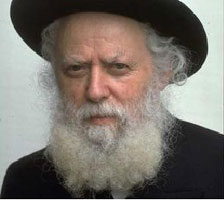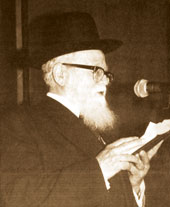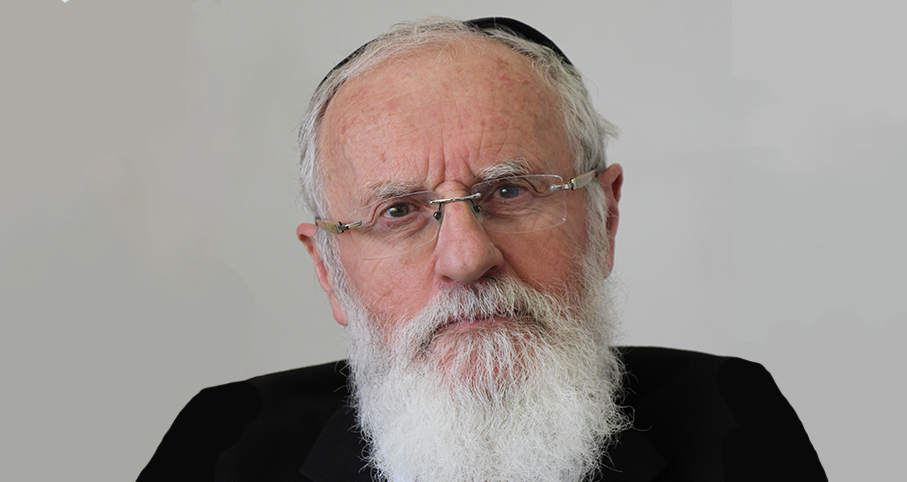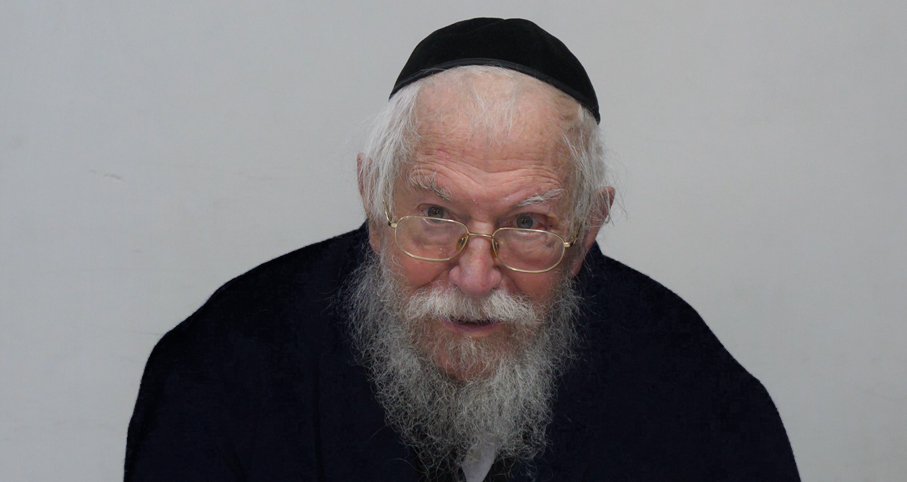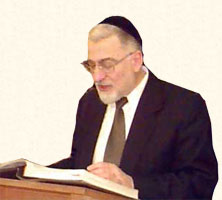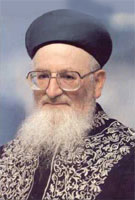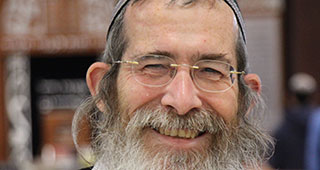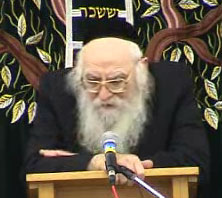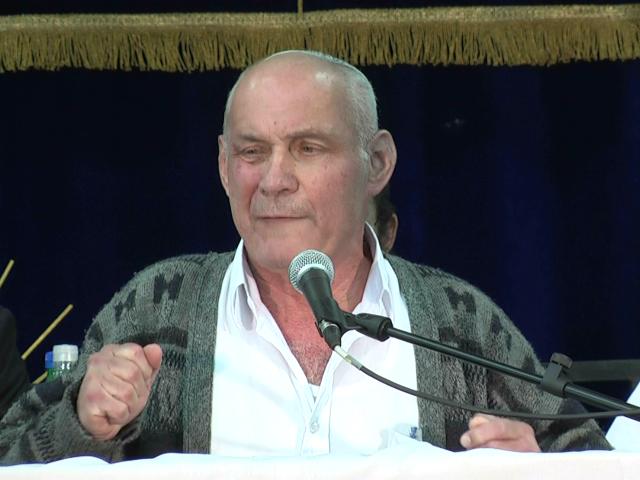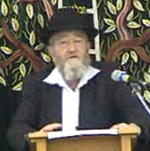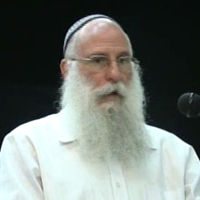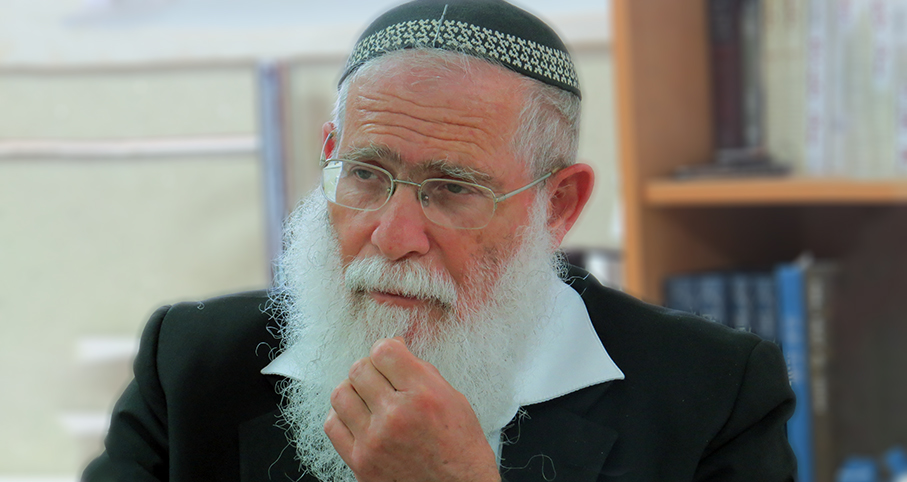Beit Midrash
- Shabbat and Holidays
- Shavuot
- Articles about Shavuot
The Torah study is dedicatedto the full recovery of
Yehudah ben Hadasah Hinde Malkah
2. Similar in Consummation
3. The Land and Its Produce
4. Corresponding with Creation
5. Summary of Principal Parallels
The following is an abridged version of the original Hebrew article.
Introduction
Regarding the third day of the creation of the universe, the Torah teaches (Genesis 1:9-13):
"And God said: 'Let the waters under the heaven be gathered together to one place, and let the dry land appear.' And it was so. And God called the dry land Earth, and the gathering together of the waters called He Seas; and God saw that it was good. And God said: 'Let the earth put forth grass, herb yielding seed, and fruit-tree bearing fruit after its kind, wherein is the seed thereof, upon the earth.' And it was so. And the earth brought forth grass, herb yielding seed after its kind, and tree bearing fruit, wherein is the seed thereof, after its kind; and God saw that it was good. And there was evening and there was morning, a third day."
And regarding Shavuot it is written (Leviticus 23:10-21):
"When you are come into the land which I give to you, and shall reap the harvest thereof, then you shall bring the sheaf of the first-fruits of your harvest to the priest. And he shall wave the sheaf before the Lord . . . And you shall count to you from the morrow after the day of rest, from the day that you brought the sheaf of the waving; seven weeks shall there be complete;even to the morrow after the seventh week shall you number fifty days; and you shall present a new meal-offering to the Lord . . . And you shall make proclamation on the selfsame day; there shall be a holy convocation to you; you shall do no manner of servile work; it is a statute for ever in all your dwellings throughout your generations."
The following article is one in a series of studies that gradually unveils an interesting parallel between the seven days of creation and each of Judaism's seven holidays. This parallel becomes evident from an intricate body of similarities in the scriptural text. These similarities are discernible in both the Torah's language and in the subject matter of each day of creation and each holiday.
Similar in Consummation
The third day of creation on the one hand constitutes a consummation of the second day (verses 9-10), and on the other hand stands on its own (verses 11-13). Interestingly enough, a similar concept holds true regarding the Shavuot festival. Simply put, it constitutes a holiday in its own right, and when the Torah begins discussing it (in Leviticus, chapter 23), God adresses Moses anew. And yet, in a sense, it also constitutes a continuation of the Passover festival, for the Omer counting period begins on the day after the first day of Passover and ends on Shavuot.
The Land and Its Produce
The third day is the day of the creation of vegetation, and this comes about via the land, the earth: "And this earth brought forth grass, herb yielding seed after its kind, and tree bearing fruit, wherein is the seed thereof, after its kind." It is worth noting that there is another day of creation that relates both to soil and to vegetation - the sixth. On the sixth day it is first written: "Let the earth bring forth the living creature after its kind," and later vegetation is also mentioned when God says to man: "Behold, I have given you every herb yielding seed, which is upon the face of all the earth, and every tree, in which is the fruit of a tree yielding seed - to you it shall be for food."
We find, then, that two matters are common to the third and sixth days: It was on these days alone that things were created from the earth, and it was on these days alone that vegetation was created and given its purpose. (It is interesting that the rest of the days of creation are also arranged in pairs: On the first and fourth days the light and the luminaries were created, and the difference between light and darkness was established, and on the second and fifth days the waters and the sky and all that relates to them were created).
On moving from the creation text to that of the festivals we discover that there are two festivals that the Torah ties to both the land and its fruits - Shavuot and Sukkot, the third and sixth festivals. These are in contrast to Passover, Rosh HaShannah, and Yom Kippur, and Shmini Atzeret, which the Torah ties neither to the land nor to vegetation. Let us explain.
When the Torah finishes dealing with Passover, God addresses Moses anew, saying, "Speak to the children of Israel, and say to them: When you come into the land which I give to you, and shall reap the harvest thereof, then you shall bring the sheaf of the first-fruits of your harvest to the Priest." Thereafter, the Torah deals with the seven-week counting period and arrives, on the fiftieth day, at Shavuot, whereupon an offering is made of the new grain - "a new meal-offering to the Lord."
The Shavuot festival, then, is unique to the land of Israel, and it constitutes the height of the progression of sacrifices brought from the vegetation of the land of Israel, a progression that begins with the Omer meal offering and concludes with the meal offering of the new grain.
The relationship between Shavuot and produce also finds expression in the two names of this festival in the Torah. In Numbers it is called "the festival of the first fruits," and in Exodus, "the harvest festival."
Another link that bonds Shavuot and produce is Jewish law. From Shavuot onward it is possible to bring "the first of the earth's produce," and fulfill their attendant commandments.
As said, Sukkot is also bound up with the land of Israel and its produce. Regarding Sukkot, the Torah says, "But on the fifteenth day of the seventh month, when you gather the land's produce, celebrate God's festival for seven days . . . " In the book of Exodus, Sukkot is called "the festival of the ingathering," and on it we are commanded to wave the Four Species.
Corresponding with Creation
Thus far we have seen that the third and sixth days of creation are related to the soil and its vegetation, while the third and sixth festivals relate to the land of Israel and its produce. We shall now address the question, to which day of creation does each festival correspond?
Looking at the order of the days and festivals, it would appear that the third day parallels Shavuot - the third festival, and the sixth day parallels Sukkot - the sixth festival. This is also discernible in the content of these two days: Two differences exist between these two festivals, and these differences parallel two differences between the description of the vegetation on the third day and its description on the sixth day, as we shall presently explain.
a. On the third day of creation God created vegetation, and on the sixth day He gave it to human beings. On a parallel, Shavuot is marked by an offering that comes from vegetation, and as such it gives expression to the bond between vegetation and God who created it. On Sukkot, on the other hand, we are commanded to "take for yourselves . . . " and this commandment gives expression to the connection between vegetation and man, who received it from God.
b. On the third day of creation, vegetation constitutes the entire focus of the day (with the exception of those verses that deal with the completion of the labor of the second day), while on the sixth day vegetation is not even a part of the day's creation; it is a secondary matter. In a like manner, the essence of Shavuot in the Torah is the offerings that come from vegetation, and both of its names relate to vegetation. Sukkot, on the other hand, in the Emor Torah portion (which, as we have said, parallels the creation text), is named after the sukkah, and the Four Species is just one element of the festival.
Another matter particular to the third day and Shavuot is the act of sowing. Vegetation's capacity to"yield seed" is underscored a number of times in the Torah's description of the third day, and Shavuot is the only festival regarding which sowing is mentioned: "And the feast of harvest, the first-fruits of your labors, which you sowed in the field" (Exodus 23:16).
Parenthetically, it is worth noting that the parallel between the "land" mentioned in creation - i.e., the entire world - and the "land" of Israel, teaches us that there is an inner bond between the land of Israel and the entire world. This bond will reveal itself in days to come. In the future, the land of Israel will spread out upon the entire world, and the whole world will be blessed by virtue of the land of Israel.
Summary of Principal Parallels
a. The third day of creation is the day of "land" - "Let the earth ('aretz') put forth grass," and Shavuot depends upon Israel's entering "the land" - "When you are come into the land ('aretz')."
b. On the third day, God created vegetation, and on Shavuot we offer to God the new meal offering, which derives from vegetation. The two names that the Torah gives to Shavuot, "Day of First-fruits" and "Harvest Festival" relate to vegetation.
c. Fruit is characterized by its ability to "yield seed," and the only festival wherein seeds are mentioned is Shavuot: "And the feast of harvest, the first-fruits of your labors, which you sowed in the field."
-------
Biblical texts in the above article were taken from or based upon The Holy Scriptures (JPS).
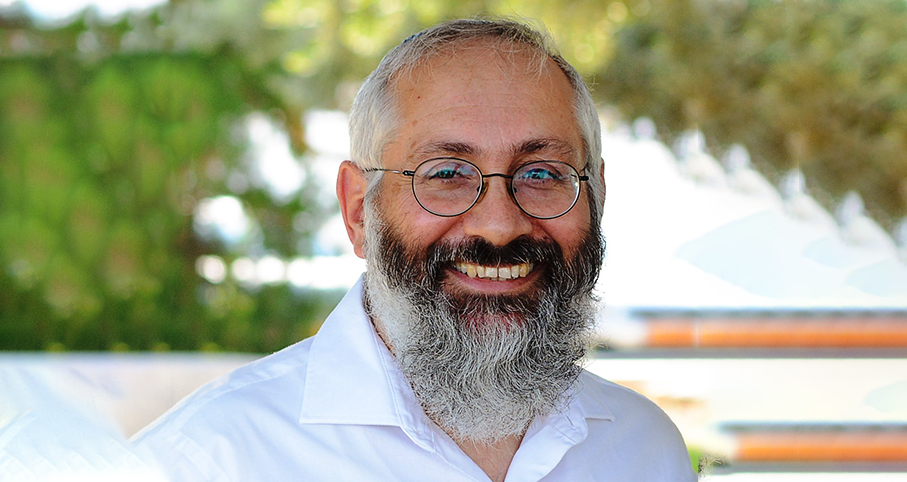
The Lesson of Mount Sinai
Rabbi Chanan Morrison | 5770

RETURN, RESPECT, REDEMPTION
Rabbi Stewart Weiss | Iyar 3 5778

Rus, David, and the Prohibition of Marrying Moavites
Rabbi Yirmiyohu Kaganoff | Iyar 26 5779




